1. Fine China Sets
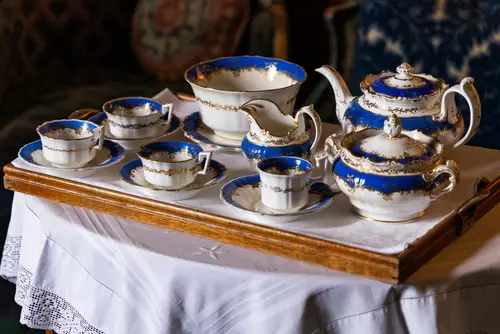
Family china has a way of stirring up feelings because it’s both fragile and deeply tied to tradition. One sibling might remember setting the holiday table with it, while another just sees a box that’s a nightmare to move. Because these sets often came from weddings or special anniversaries, they carry symbolic weight that isn’t easy to split. At an estate sale, they can also fetch real money, which makes the tug-of-war even sharper.
The tricky part is that no one actually wants to use the china every day anymore. It’s usually not dishwasher safe, and replacing broken pieces is costly. That creates a dilemma: keep it for sentiment’s sake or let it go for cash. And that’s where arguments usually heat up.
2. Jewelry Collections
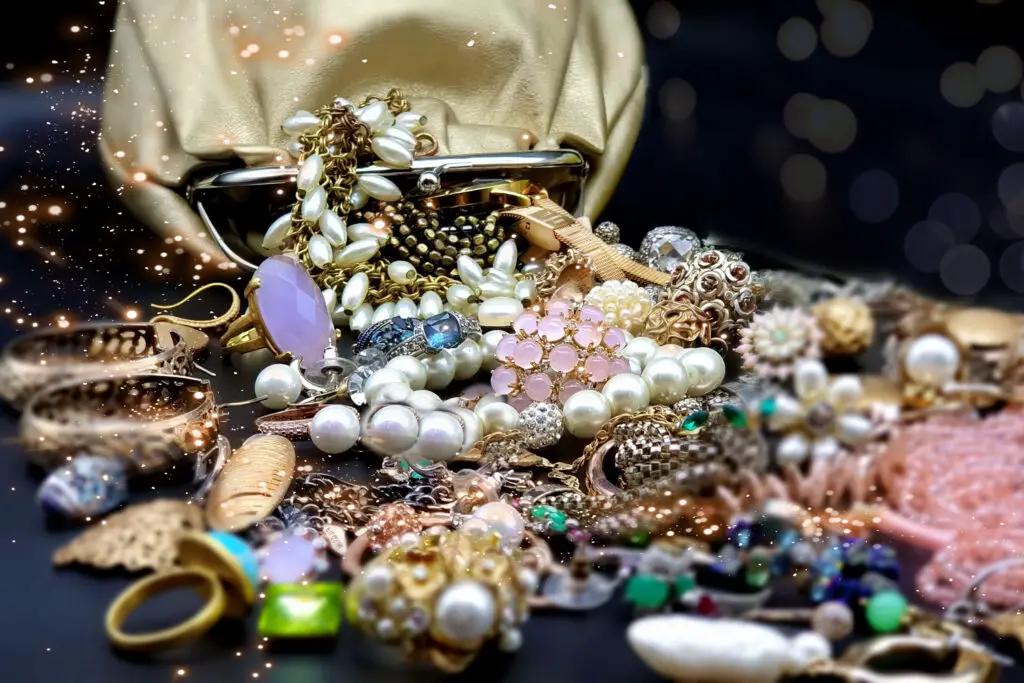
Rings, necklaces, and brooches are some of the most personal heirlooms to sort through. A grandmother’s wedding band or a mother’s locket often feels like it should go to one particular person, but opinions differ on who deserves it. Unlike furniture or dishes, jewelry is easy to divide up, but it’s hard to do so fairly. Sentiment often clashes with financial value, since jewelry tends to be appraised.
The sparkle makes it tempting to sell, but the memories keep people holding on. One child may argue that wearing the piece honors the person who owned it. Another may claim that selling it and splitting the proceeds is the fairest route. No matter the choice, it rarely feels like the “right” answer to everyone involved.
3. Antique Clocks
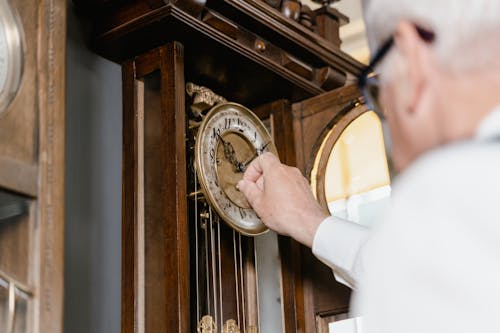
Clocks are fascinating because they’re both decorative and functional, but they also require upkeep. A grandfather clock that chimed through every family gathering holds more weight than its market value might suggest. Estate sales often highlight these pieces because collectors are eager to buy. But within families, people argue about whether the hassle of moving and maintaining them is worth it.
These clocks often have unique craftsmanship, which makes them difficult to replace. When emotions and practicality collide, tensions run high. Someone may argue it belongs in the family forever, while another may insist it should be sold to someone who’ll actually wind it. The ticking itself seems to echo those disagreements.
4. Silverware Sets
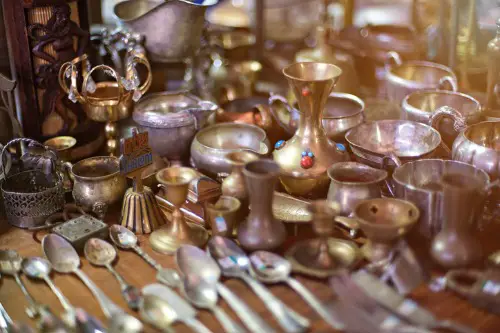
Sterling silver flatware is often tucked away in a velvet-lined chest and rarely used anymore. These sets were once prized wedding gifts, meant to last generations. At estate sales, they’re worth a decent sum if they’re genuine silver. But within families, the set may feel more symbolic than functional.
The polishing and storage requirements make many people shy away from actually using them. Still, the idea of letting go of something that anchored so many family meals feels wrong. That creates a divide: someone wants the memory, someone else wants the money, and someone else doesn’t want the hassle at all. In the end, the knives and forks cause more cutting remarks than they ever did at dinner.
5. Quilts and Handmade Textiles
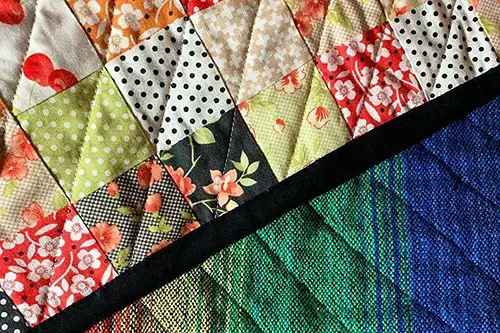
Quilts made by hand carry a special kind of memory stitched into every square. Often they represent years of family history, sometimes with fabrics from old clothes or events. Unlike store-bought blankets, these are one-of-a-kind and irreplaceable. That uniqueness is exactly what sparks the conflict.
There’s no “equal split” option with a quilt. If one person gets it, the others don’t. Families often struggle to balance the emotional attachment with fairness. At estate sales, these items draw attention because buyers recognize the artistry, which adds yet another layer of tension.
6. Photo Albums

Old photos are priceless in ways money can’t measure. Estate sales rarely sell them, but families argue about who gets to keep them. If there’s only one album filled with generations of portraits, someone is going to feel left out. The arguments stem from the fact that these albums are basically family history in tangible form.
Even with scanners and digital copies, many people want the “real” thing. It’s about holding the book, flipping the pages, and seeing the handwriting on the captions. That physical connection creates a sense of ownership that can’t be digitized. And it often means tears when compromises fall short.
7. Military Medals
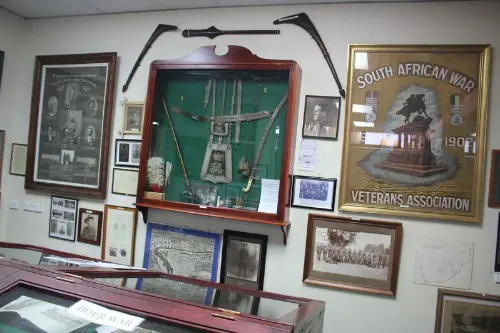
Service medals carry heavy emotional and historical weight. They aren’t valuable to sell, but they’re invaluable to families who want to honor service. The problem is that only one person can physically hold onto them. This creates fierce debates about who has the “right” to preserve that legacy.
Sometimes families solve it by displaying the medals in a shared home or donating them to a museum. But more often, siblings feel strongly about keeping them in their possession. Because they represent sacrifice and pride, it’s hard to treat them like just another object. That makes them one of the most contested heirlooms at estate settlements.
8. Musical Instruments
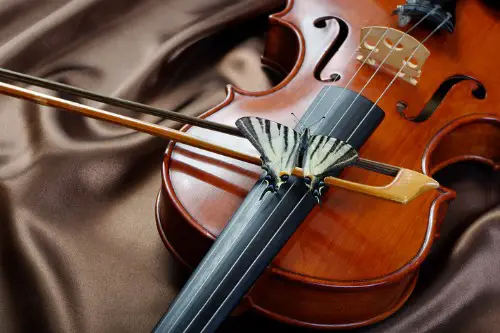
A piano in the living room or a violin passed down through generations carries a lot of meaning. Even if no one plays anymore, these instruments remind families of concerts, practice sessions, or singalongs. They’re also expensive to move, which makes the decision even thornier. At estate sales, instruments can bring in cash, but sentiment makes them hard to part with.
There’s often the question of practicality: does the heir who wants the piano even have space for it? Or should the violin go to the cousin who actually plays? Families wrestle with whether these items belong with a musician or with someone who simply loved hearing them. That’s when the music turns into arguments instead of melodies.
9. Books and Libraries

Large collections of books seem easy to split until you realize their value is more in the collection than individual volumes. A first edition or signed copy can cause disputes over who gets it. Sometimes the fight is about sentimental favorites, like a well-worn Bible or children’s stories read aloud at bedtime. Estate sales often pull out the rare volumes, leaving families bickering over the rest.
Bookshelves also represent the personality of the person who owned them. To break up the set feels like scattering part of their identity. But unless someone is willing to house an entire library, splitting becomes inevitable. That’s when hurt feelings bubble up.
10. Tools and Workbenches
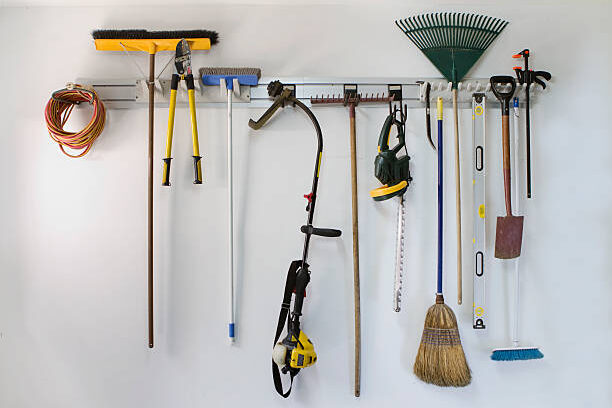
Tools might not seem dramatic until you realize they represent years of handiwork and skill. A father’s well-used hammer or a grandfather’s woodworking set often sparks claims of sentimental ownership. Practical heirs see tools as useful; nostalgic ones see them as symbolic. And estate sales buyers recognize that high-quality tools hold resale value.
The problem is that tools often come as a set, making them hard to divide fairly. Someone may argue they’ll use them, while another insists they’re a part of family legacy. Even something as simple as a wrench can trigger debates. What seems practical quickly becomes deeply personal.
11. Paintings and Artwork
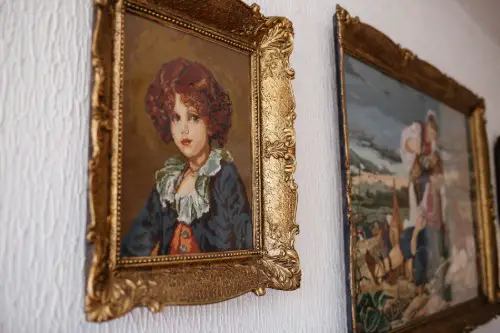
Art that hung in the family home often feels like part of the household itself. It’s more than decoration; it’s the backdrop to memories. Even if the piece isn’t valuable on the market, it can be priceless to a family member. At estate sales, art often goes quickly, which pushes families to decide fast.
Because it’s so visible, art carries a heavier sense of ownership. Everyone remembers looking at it, which makes everyone feel entitled. Unlike dishes or jewelry, you can’t easily split a painting. That’s why family debates over artwork get heated fast.
12. Furniture Pieces

Dining tables, armoires, or rocking chairs carry both bulk and meaning. They’re the pieces that anchored rooms and held family life together. Estate sales often highlight these as centerpieces because they catch buyers’ eyes. But deciding who should take them is rarely simple.
The trouble is that these items are large, and not every heir has the space to keep them. Still, it feels wrong to let them go to strangers. Memories of meals, conversations, or even naps on a particular chair give furniture a unique weight. That mix of size, sentiment, and practicality creates plenty of tension.
13. Recipes and Cookbooks
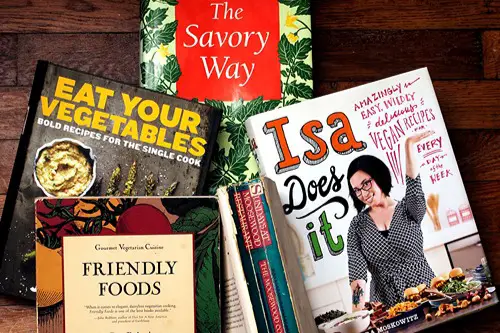
A handwritten recipe card or a cookbook with notes in the margins may not seem like an “estate item,” but they often cause arguments. These are deeply tied to tradition, like the secret pie crust or holiday dish. Families sometimes don’t realize how important they are until the fight begins. Unlike other items, these are usually impossible to replace.
The handwriting itself feels personal, like a voice from the past. Whoever gets the book or cards feels like they’ve inherited a role as “keeper of the tradition.” That responsibility can feel unfair to others who also want to carry it on. And that’s why recipes stir up more than just pots.
14. Land and Property Deeds
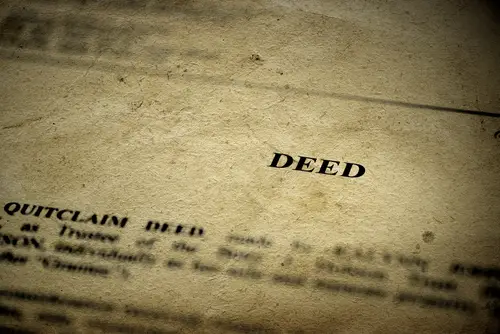
Land is arguably the most dramatic heirloom of all. Unlike objects, it’s an asset that represents security and sometimes generations of family investment. Arguments flare over whether to sell, keep, or split. At estate sales, this is the biggest source of tension, because the stakes are so high.
The difficulty lies in both money and memory. A farmhouse or vacation cabin may hold too many memories to let go. But the costs of upkeep and taxes make keeping it challenging. That clash between heart and practicality often tears families apart more than any physical object could.
This post 14 Heirlooms That Always Spark Family Drama at Estate Sales was first published on Greenhouse Black.
